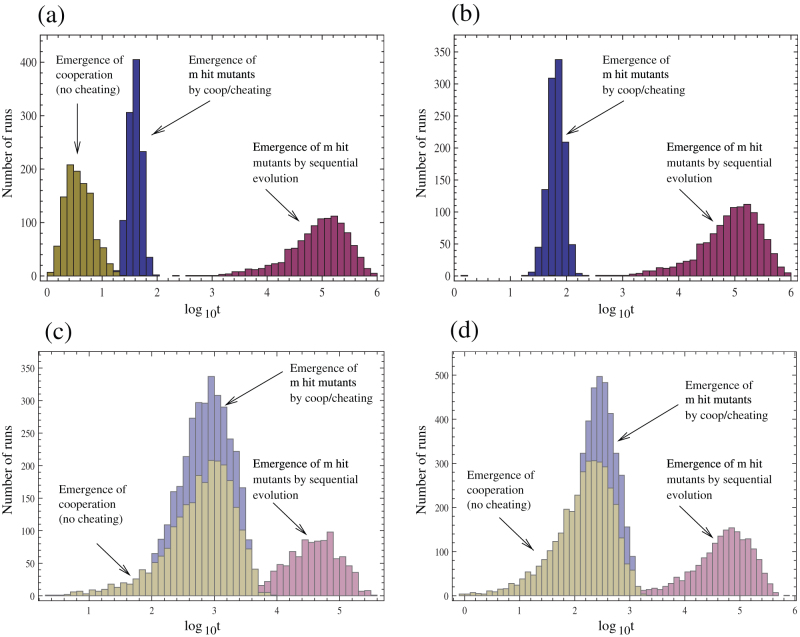Figure 2. Distribution of times until the complex phenotype reaches 90% of the total population, based on repeated runs of the computer simulation.
(a) Scenario where wild-types do not benefit from shared goods. Time until emergence of the m-hit mutant is longest for the “sequential evolution” scenario. Cooperator-cheater dynamics significantly speed up the emergence of the m-hit mutant. In this case, even before the m-hit mutant arises, the complex phenotype arises as an emerging property among cooperating individuals. (b) Scenario where wild-types do benefit from shared goods. In this case, the complex phenotype cannot become dominant as an emergent property among cooperating individuals. Nevertheless, cooperator-cheater dynamics significantly accelerate the emergence of the m-hit mutant compared to the “sequential evolution” scenario. Parameters were chosen as follows. Grid size = 100×100; m = 5; R = 0.15; R+ = 0.5; R− = 0.135; D = 0.1; f = 1/70; u = 3.17×10−3; cooperation and replication radii = 10. (c,d) Assuming only 2 loci does not alter basic conclusions, shown for the scenario where wild-types do not benefit from shared goods. This is demonstrated in the context of smaller (c) and larger (d) radii. Parameters are as in (a) and (b), except the following: (c) m = 2; u = 2.52×10−5. (d) m = 2; cooperation and replication radii = 30; u = 2×10−5.

